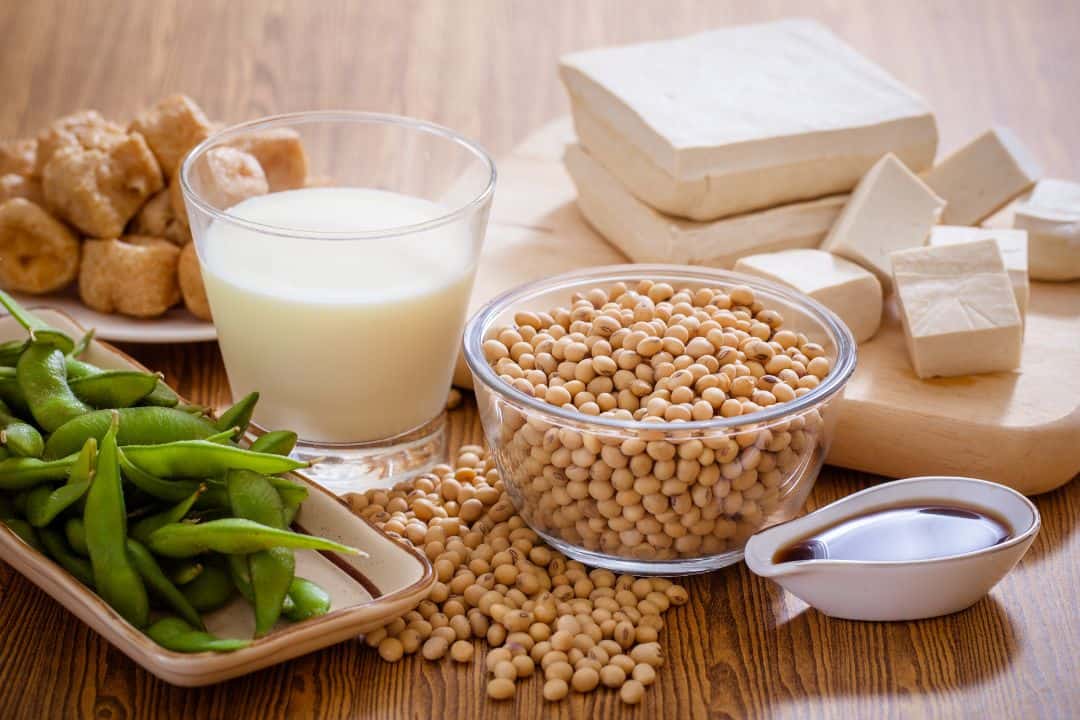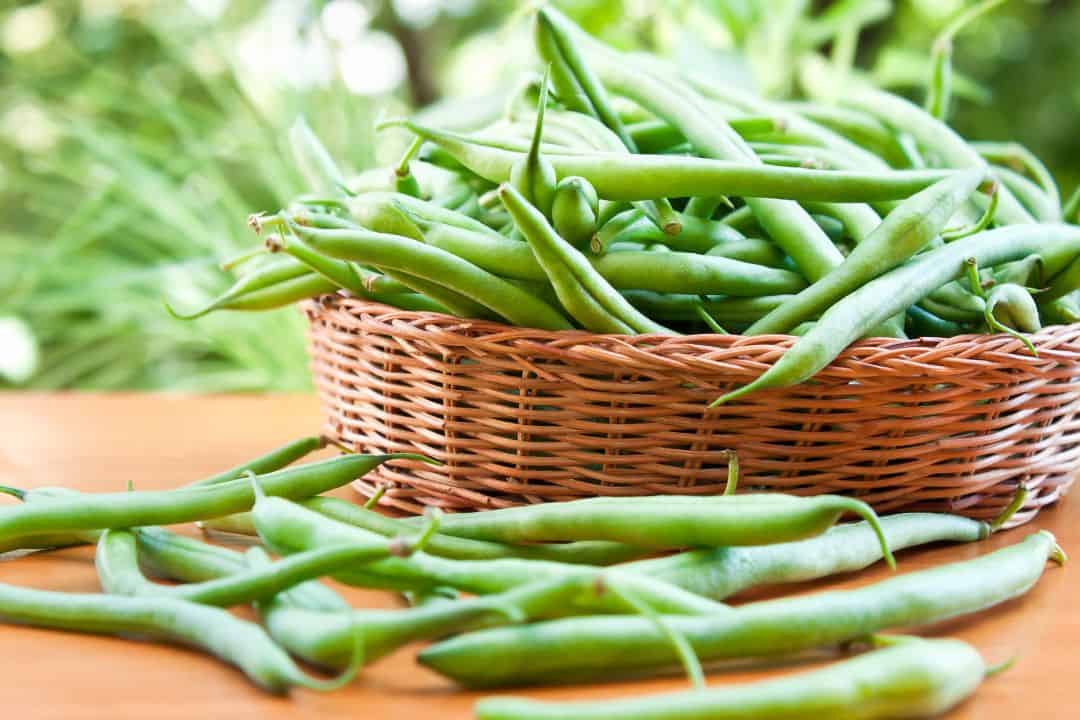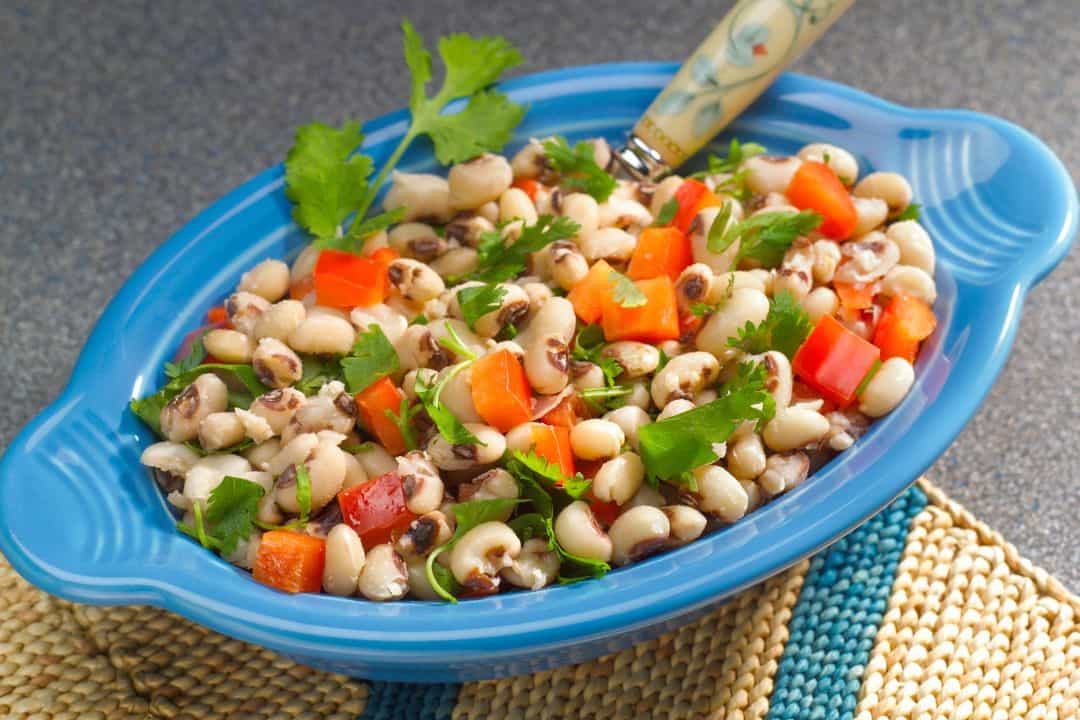Are Black Eyed Peas Low Carb & a Keto-Friendly Diet
Black-eyed peas are not considered a low-carb food, with a single serving size (1 cup) containing 25.1 grams of net carbs. This makes them unsuitable for a strict ketogenic diet. However, black soybeans, green beans, and edamame beans are all low-carb alternatives to black-eyed peas.
Are Black Eyed Peas Low Carb? is a question many ask when considering their dietary choices. The black-eyed pea, also known as the black-eyed bean, is a type of legume that traces its origins to West Africa.
Distinguished by its unique black spot, this bean has integrated into various cultural traditions. From being the primary ingredient in the southern dish hoppin’ john, traditionally consumed on New Year’s Day, it has also become a staple in West African dishes.
When one embarks on a keto lifestyle, a high-fat diet that limits the intake of carbohydrates, one might wonder if black-eyed peas are a good fit. If weight loss or weight management is a goal, understanding the grams of carbohydrates in your daily meals is crucial.
A serving of black-eyed peas, typically a cup, contains more grams of carbohydrates than most low-carb vegetables. You arrive at the net carb count when subtracting the insoluble fiber, not digested and absorbed, from the total carbohydrates.
For a half-cup serving of black-eyed peas, the grams of net carbs can be a significant portion of the daily value for keto dieters.
Compared to other types of beans, like pinto beans, navy beans, lima beans, and kidney beans, black-eyed peas have a similar carb profile. Even less popular beans like mung beans, adzuki beans, and goat peas have comparable grams of net carbohydrates.
It’s good to note that beans, in general, are not the first choice for a low-carb diet, although they are nutritious food and a good source of plant-based protein. Are Black Eyed Peas Low-Carb and Keto-Friendly?
Black-eyed peas are a popular legume known for their unique taste and versatility in various dishes. They are often included in lists of keto recipes as they are low in carbs and high in protein.
Many people enjoy incorporating black-eyed peas into their soybean-based food creations. If you’re following a low-carb or keto-friendly diet, you may wonder if black-eyed peas fit into your food meal plan.
Let’s explore the macronutrient composition of black-eyed peas and whether they can be considered low-carb and keto-friendly.
Explanation of black-eyed peas’ macronutrient composition for the keto diet: Black-eyed peas are a good source of food, protein, fiber, and essential nutrients. Try these delicious keto recipes with black-eyed peas.
Black soybeans and black-eyed peas contain approximately 21 grams of protein per cooked cup, making them excellent plant-based protein options for those following a keto diet. Black soybeans and black-eyed peas offer around 13 grams of fiber per cup, contributing to digestive health on a keto diet.
Net carbs in a cooked cup of black soybeans are approximately 28 grams on the keto diet. Incorporating black-eyed peas in moderation can still be feasible for individuals adhering to a standard ketogenic diet with a daily carb limit ranging from 20-50 grams.
To summarize, while black-eyed peas aren’t extremely low in carbohydrates compared to other vegetables or leafy greens commonly found in keto diets, they can still fit within your macros if consumed mindfully and within your daily carb intake limits.
Remember that individual dietary needs may vary based on factors such as activity levels, metabolic response, and the inclusion of black soybeans. It is always recommended to consult with a healthcare professional or registered dietitian before making any significant changes to your diet.
Net Carbs in Black Eyed Peas: Compatibility with Keto
The net carb content of foods is a crucial factor to consider when following a ketogenic diet. Understanding the concept of net carbs and how they affect your body’s ketosis is essential for maintaining the desired metabolic state.
Let’s delve into the specifics of black-eyed peas and their compatibility with a low-carb, high-fat diet like keto.
To calculate net carbs on the keto diet, subtract the fiber content from the total carbs. This calculation considers that our bodies do not fully digest fiber on the keto diet and, therefore, does not significantly impact blood sugar levels.
In the case of black-eyed peas, their net carb content on the keto diet can be determined by subtracting the fiber grams from their total carbohydrate count.

They contain approximately 24 grams of total carbohydrates per serving on the keto diet. However, this legume also provides a substantial amount of dietary fiber, about 8 grams per serving.
By subtracting the thread from the total carbs, we find that black-eyed peas have a net carb content of around 16 grams per serving on the keto diet.
Black-eyed peas can still fit into a keto-friendly diet if consumed in moderation and within your daily carbohydrate limit. While they are higher in net carbs than other low-carb vegetables like leafy greens or broccoli, incorporating them into your keto diet can provide variety and additional nutrients.
To ensure that you stay within your desired range of net carbs on a ketogenic diet, you must be mindful of portion sizes when consuming black-eyed peas. Moderation is vital to maintaining ketosis while enjoying these legumes as part of your meal plan.
Incorporating Black Eyed Peas into a Keto-Friendly Meal Plan
Incorporating black-eyed peas into your keto diet can be a great way to add variety and nutrition to your meals. These tiny legumes are delicious and low in carbs, making them suitable for those on a keto-friendly diet. Here are some tips and ideas on how to include black-eyed peas while staying within your keto limits:
Portion Control with Black-Eyed Peas
- When following a keto diet, practicing portion control when including black-eyed peas in your meals is essential. While they are low in carbs compared to other beans, they still contain some carbohydrates, making them suitable for a keto diet.
- Aim for small portions of black-eyed peas on the keto diet, considering the serving size should be around ½ cup.
- When following a keto diet, it’s essential to be mindful of the portion sizes of high-carb ingredients like black-eyed peas. Adjust your portion sizes accordingly.
Pairing Black-Eyed Peas with Low-Carb Ingredients
- To create balanced keto-friendly meals, pair black-eyed peas with other low-carb ingredients.
- Vegetables like eggplant and avocado can complement the taste of black-eyed peas while adding healthy fats and fiber to a keto diet.
- Protein sources such as grilled chicken or ground beef can be combined with black-eyed peas for a satisfying keto meal.
- Instead of traditional tortilla chips, opt for homemade low-carb alternatives like baked cheese crisps or sliced cucumber when following a keto diet.
Creative Recipes within Keto Limits
Incorporating black-eyed peas into creative recipes can make your keto journey more exciting. Here are some ideas:
- Try making a flavorful salad by combining cooked black-eyed peas with diced avocado, cherry tomatoes, and feta cheese. Drizzle with olive oil and lemon juice for added freshness.

- Make a hearty stew using black-eyed peas as the base, along with vegetables like bell peppers, onions, and spinach. Add spices like cumin and paprika for extra flavor.
- Create a black-eyed pea hummus by blending cooked peas with garlic, lemon juice, tahini, and olive oil. Serve it with low-carb veggies like celery sticks or cucumber slices.
Incorporating black-eyed peas into your keto-friendly meal plan can provide essential nutrients while keeping your carb intake in check. Remember to practice portion control, pair them with low-carb ingredients, and get creative with recipes to enjoy the benefits of these delicious legumes on your keto journey.
Alternative Low-Carb Options to Black-Eyed Peas on Keto

If you’re following a keto diet and looking for low-carb alternatives to black-eyed peas, several options can add variety to your meals while keeping your carb intake in check.
These alternatives have lower carb content and offer nutritional benefits and versatility in cooking.
One good option is lentils, which are lower in carbs than black-eyed peas. Lentils are packed with protein, fiber, and essential nutrients. They come in various colors like green, brown, and red, each offering a slightly different taste and texture.
Lentils can be used in soups, salads, or even as a base for veggie burgers.
Another alternative is chickpeas, also known as garbanzo beans. While they contain more carbs than lentils, chickpeas still have a lower carb content than black-eyed peas.
They are an excellent source of plant-based protein and fiber. You can roast them for a crunchy snack or use them in hummus or curries.
Soybeans are another great option if you’re looking for low-carb legumes. They have a high protein content and provide essential amino acids. Soybeans can be enjoyed roasted as edamame or used as an ingredient in stir-fries or salads.

For those who prefer something different, green beans make an excellent alternative to black-eyed peas. Green beans are low in carbs and rich in vitamins A and C. They can be steamed, sautéed, or added to casseroles for a delicious side dish.

Delicious Recipe: Keto Black-Eyed Pea Salad


Keto Black-Eyed Pea Salad
Equipment
- Mixing Bowls large
- Small mixing bowl for dressing
- Colander or strainer if using canned peas
- Measuring spoons and cups
- Whisk or fork
- Serving spoon
Ingredients
- 2 cups cooked black-eyed peas if using canned, drain and rinse well
- 1 cup cherry tomatoes, halved
- ½ cucumber diced
- ¼ red onion finely chopped
- ¼ cup fresh cilantro or parsley chopped
- ¼ cup extra virgin olive oil
- 2 tbsp apple cider vinegar
- 1 tbsp Dijon mustard
- Salt and pepper to taste
- ½ tsp erythritol or another keto-friendly sweetener optional
- 1 clove garlic minced
- ¼ tsp red pepper flakes optional for a little heat
Instructions
Instructions
- Combine the black-eyed peas, cherry tomatoes, cucumber, red onion, and fresh cilantro or parsley in a large mixing bowl. Toss gently to mix.In the smaller mixing bowl, whisk together the olive oil, apple cider vinegar, Dijon mustard, minced garlic, erythritol (if using), and red pepper flakes until well combined—season with salt and pepper to taste.Pour the dressing over the salad ingredients and toss gently until well-coated.Cover the salad and let it rest in the refrigerator for at least 30 minutes before serving. This allows the flavors to meld.After resting, give the salad a gentle toss and taste, and adjust the seasoning if necessary.Serve chilled.
Notes
You can add some crumbled feta or goat cheese on top for an extra layer of flavor if you wish. Just make sure you know about the added carbs. Always ensure your canned goods, especially if using beans, do not have added sugars to stay keto-friendly.
Adjust the apple cider vinegar to taste if you prefer a more tangy dressing.
Nutrition
Enjoy your keto-friendly black-eyed pea salad; remember, balance and moderation are essential on any diet!
Assessing the Keto Potential of Black-Eyed Peas
In conclusion, black-eyed peas can significantly add to a low-carb and keto-friendly diet. While they contain some carbs, their high fiber content helps offset their impact on blood sugar levels.
With only 14 net carbs per cup, black-eyed peas can be enjoyed in moderation as part of a well-balanced keto meal plan.
So why not give these versatile legumes a try? Incorporating black-eyed peas into keto-friendly meals can add variety and flavor while providing essential nutrients.
Whether you’re enjoying them in soups, stews, or salads, black-eyed peas can help satisfy your taste buds without derailing your ketogenic goals.
FAQs – Are black-eyed peas low carb?
Can I eat black-eyed peas on a strict keto diet?
👉 You can include black-eyed peas in your diet if you follow a strict keto plan. However, consuming them in moderation is essential due to their carbohydrate content. Be mindful of portion sizes and track your daily carb intake to stay within your desired limits.
Are canned black-eyed peas suitable for a keto diet?
👉 Canned black-eyed peas can be included in a keto diet if they don’t contain added sugars or high-carb ingredients. It’s always recommended to check the nutrition label before purchasing canned products and opt for options with minimal additives.
Can I substitute black-eyed peas with other legumes on keto?
👉 If you prefer to avoid or cannot find black-eyed peas, there are several other low-carb legume options that you can incorporate into your keto meals. Some alternatives include lentils, chickpeas (in limited quantities), green beans, and edamame beans.
How should I cook black-eyed peas for a keto meal?
👉 To prepare black-eyed peas for a keto-friendly meal, it’s best to soak them overnight before cooking. This helps reduce their cooking time and improves their digestibility. You can cook them in water or broth with your desired seasonings and ingredients to create a delicious keto-friendly dish.
Can I enjoy black-eyed peas on a vegan keto diet?
👉 Absolutely! Black-eyed peas are suitable for both vegan and keto diets. They provide plant-based protein, fiber, vitamins, and minerals while being low in net carbs. Incorporating black-eyed peas into your vegan keto meal plan can help ensure a well-rounded and satisfying diet.

Born and raised in a family of foodies, Georgia’s passion for cuisine was nurtured from a young age as she learned the intricacies of flavor and texture from her grandmother’s kitchen. As an adult, this early fascination blossomed into a full-fledged love affair with the culinary world.







